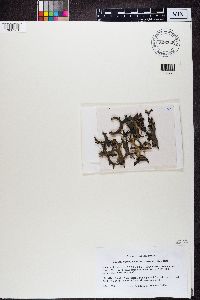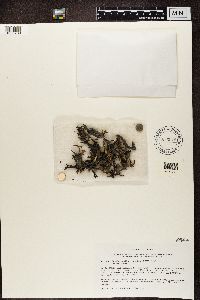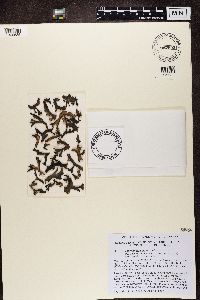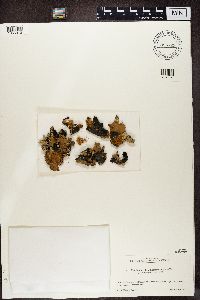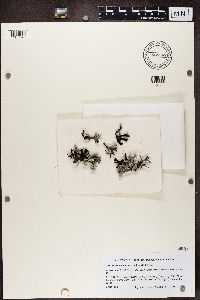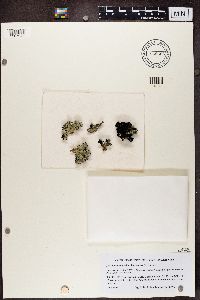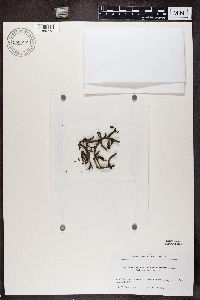University of Minnesota
http://www.umn.edu/
612-625-5000
http://www.umn.edu/
612-625-5000
Minnesota Biodiversity Atlas
Bell Museum
Dataset: MIN-Lichens
Taxa: Xanthomaculina
Search Criteria: excluding cultivated/captive occurrences
1
Page 1, records 1-12 of 12
Bell Museum lichens | |
MIN:Lichens | 850888[]Karnefelt, I. 431986-01-09 Namibia, Omaruru, Gravel Flats E of Cape Cross |
MIN:Lichens | 850894[]Karnefelt, I. 11986-01-27 South Africa, Eastern Cape, Transkei, Cala Pass |
MIN:Lichens | 850895[]Karnefelt, I. 521986-01-28 South Africa, Western Cape, Tarka, 44 km S of Tarkastad |
MIN:Lichens | 850896[]Karnefelt, I. 101986-01-28 South Africa, Western Cape, Tarka, 44 km S of Tarkastad |
MIN:Lichens | 850898[]Karnefelt, I. 461986-01-09 Namibia, Omaruru, E of Cape Cross |
MIN:Lichens | 806329[1380361]Hale, M. Namibia |
MIN:Lichens | 816528[1360739]Follmann, G. Namibia |
MIN:Lichens | 897653[1360885]Follmann, G. Namibia |
MIN:Lichens | 855729[1365313]Mattick Namibia |
MIN:Lichens | 868567[1387942]Moberg, R. South Africa, Western Cape |
MIN:Lichens | 868566[1387943]Moberg, R. South Africa, Western Cape |
MIN:Lichens | 940487[1389772]Togashi, M. Namibia |
1
Page 1, records 1-12 of 12
Google Map
Google Maps is a web mapping service provided by Google that features a map that users can pan (by dragging the mouse) and zoom (by using the mouse wheel). Collection points are displayed as colored markers that when clicked on, displays the full information for that collection. When multiple species are queried (separated by semi-colons), different colored markers denote each individual species.
